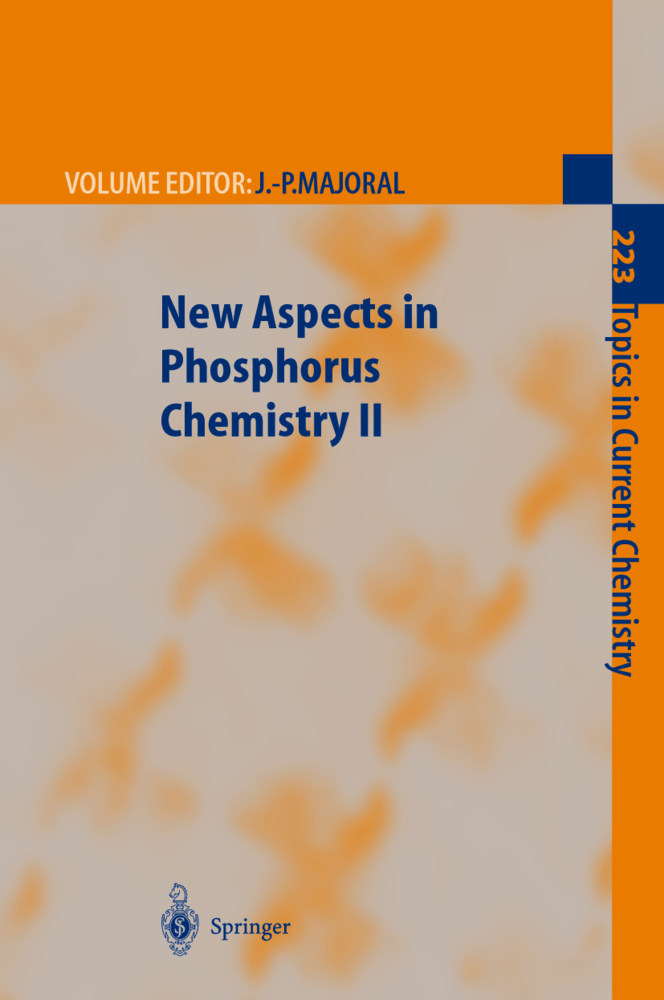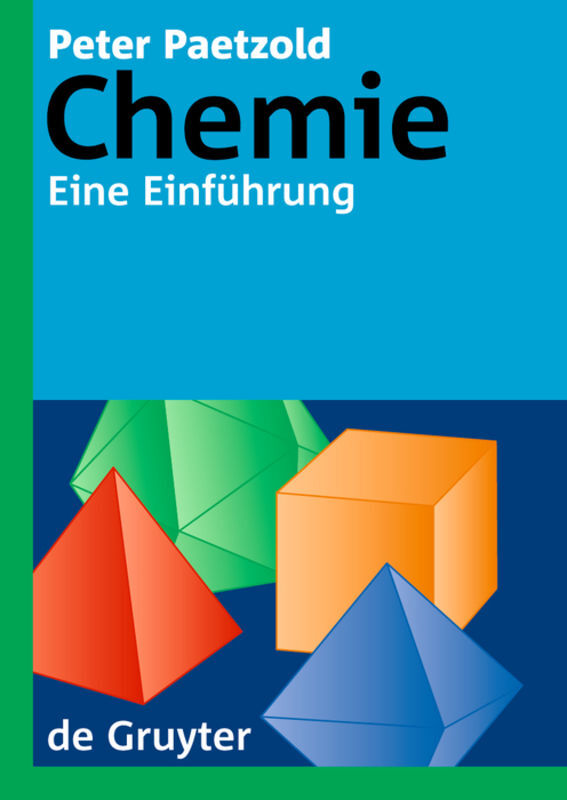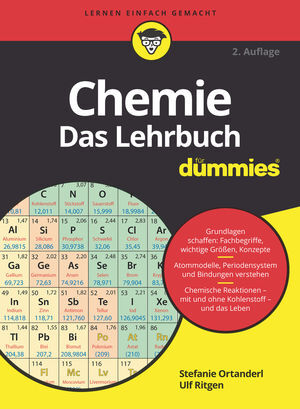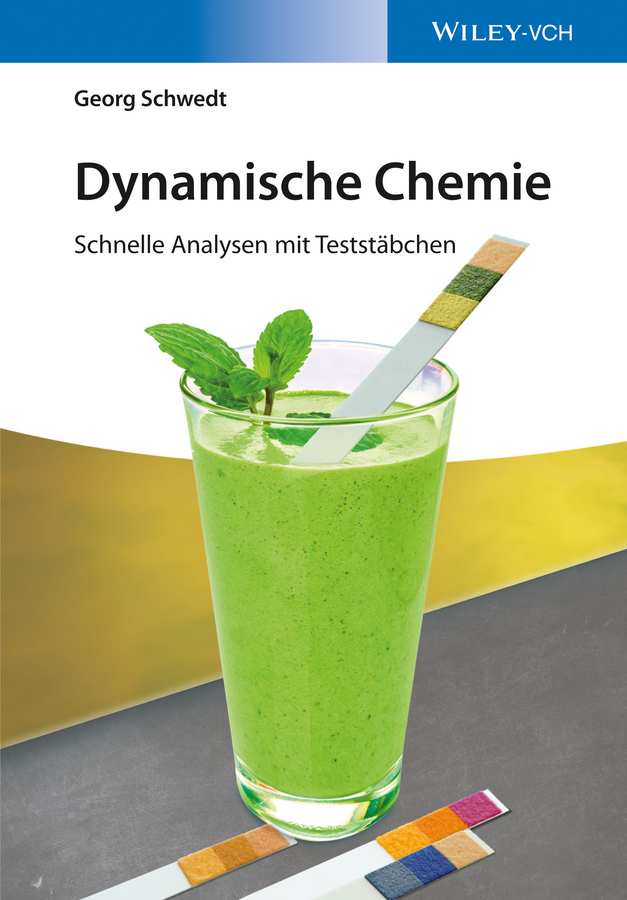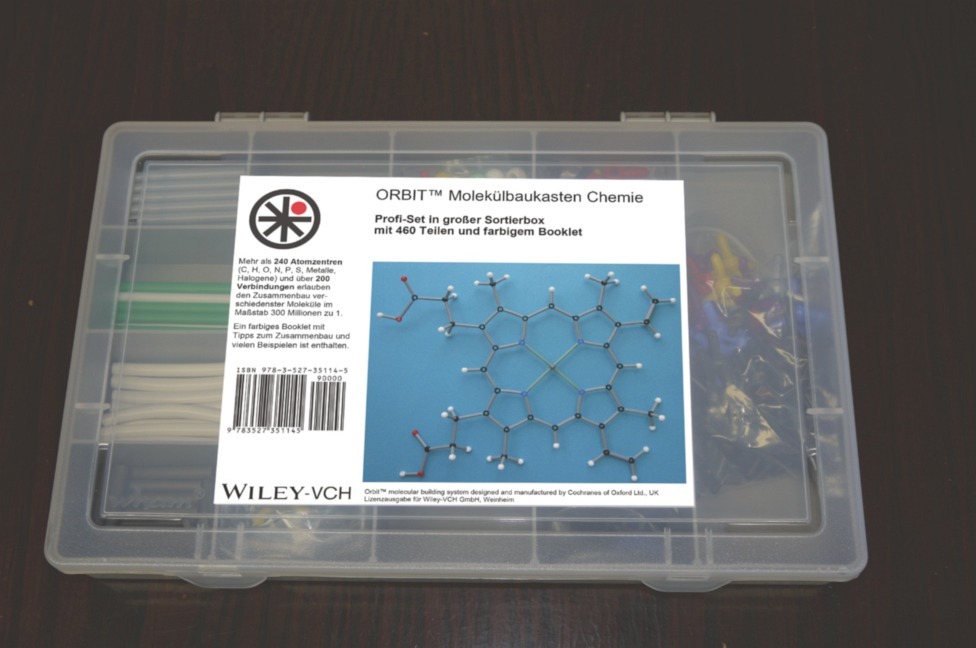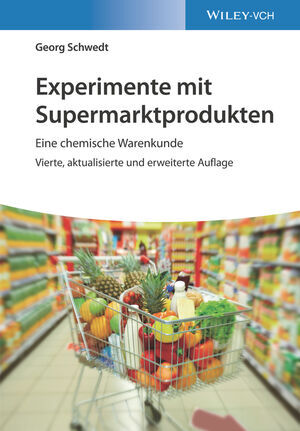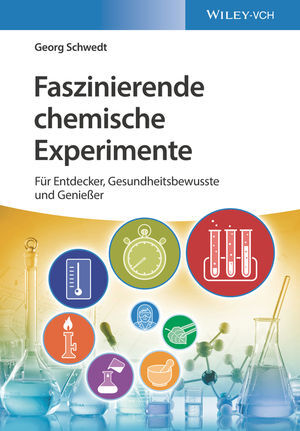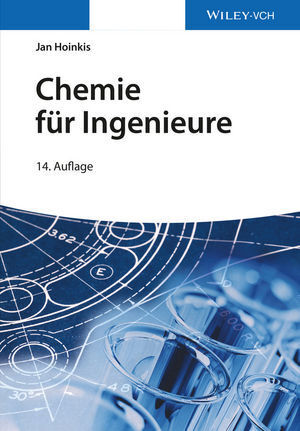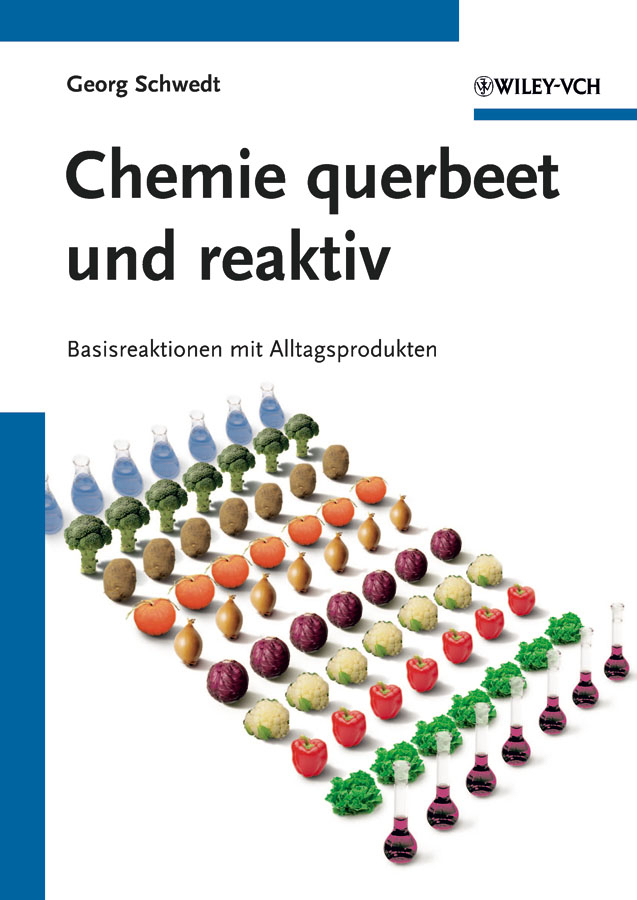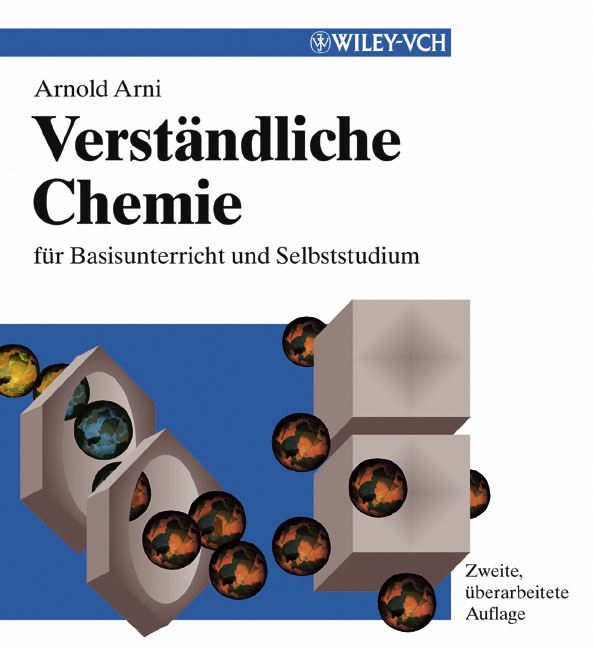New Aspects in Phosphorus Chemistry. Pt.2
New Aspects in Phosphorus Chemistry. Pt.2
Strong non-ionic bases are highly advantageous as stoichiometric reagents and as catalysts in synthetic organic chemistry owing to side reactions that f- quently occur when ionic bases such as LDA or alkali metal alkoxides are employed. A second reason that non-ionic bases are frequently more useful in these applications is that such bases are often more soluble in less polar organic solvents,particularly at low temperatures. Thirdly,non-ionic bases can provide reactive naked or tightly associated deprotonated substrate anions that are s- bilized by the relatively large,poorly solvated cations formed by the protonated base. In such cations,extensive positive charge delocalization can occur. Prior to our work on pro-azaphosphatranes of type 1 (Scheme 1),the very strong n- ionic bases utilized for organic transformations were largely confined to the nitrogenous bases shown below (Scheme 2). Scheme 1 Scheme 2 4 J. G. Verkade 2 Uses of Strong Nonionic Nitrogen Bases 2. 1 Amines One of the earliest strong non-ionic bases to make its appearance was Proton Sponge and its derivatives [1] and these systems have been reviewed [2]. More recently Proton Sponge has been used in the palladium-catalyzed arylation of 2,3-dihydrofuran [3], and it also catalyzes Knoevenagel condensations of s- strates possessing activated methylene groups [4]. Recently the synthesis of the macrocyclic tetramine below (Scheme 3) was reported [5]. The encrypted nitrogens are very basic (pK ,24.
Chemistry of Phosphanylidene Carbenoids
Transient Nitrilium Phosphanylid Complexes - New Versatile Building Blocks in Phosphorus Chemistry
What to do with Phosphorus in Dendrimer Chemistry
Phosphonate Chemistry and Reagents in the Synthesis of Biologically Active and Natural Products
The Fascinating Chemistry of 1,3,5-Triphosphinines and Valence Isomers [1].
P(RNCH2CH2)3N: Very Strong Non-Ionic Bases Useful in Organic Synthesis
The Asymmetric Phospho-Aldol Reaction. Past, Present and FutureChemistry of Phosphanylidene Carbenoids
Transient Nitrilium Phosphanylid Complexes - New Versatile Building Blocks in Phosphorus Chemistry
What to do with Phosphorus in Dendrimer Chemistry
Phosphonate Chemistry and Reagents in the Synthesis of Biologically Active and Natural Products
The Fascinating Chemistry of 1,3,5-Triphosphinines and Valence Isomers [1].
Majoral, Jean-Pierre
Balczewski, P.
Caminade, A.-M.
Heydt, H.
Ito, S.
Kee, T.P.
Majoral, J.-P.
Mikolajczyk, M.
Nixon, T.D.
Streubel, R.
Verkade, J.G.
Yoshifuji, M.
| ISBN | 978-3-540-44086-4 |
|---|---|
| Artikelnummer | 9783540440864 |
| Medientyp | Buch |
| Copyrightjahr | 2002 |
| Verlag | Springer, Berlin |
| Umfang | X, 263 Seiten |
| Abbildungen | X, 263 p. |
| Sprache | Englisch |

